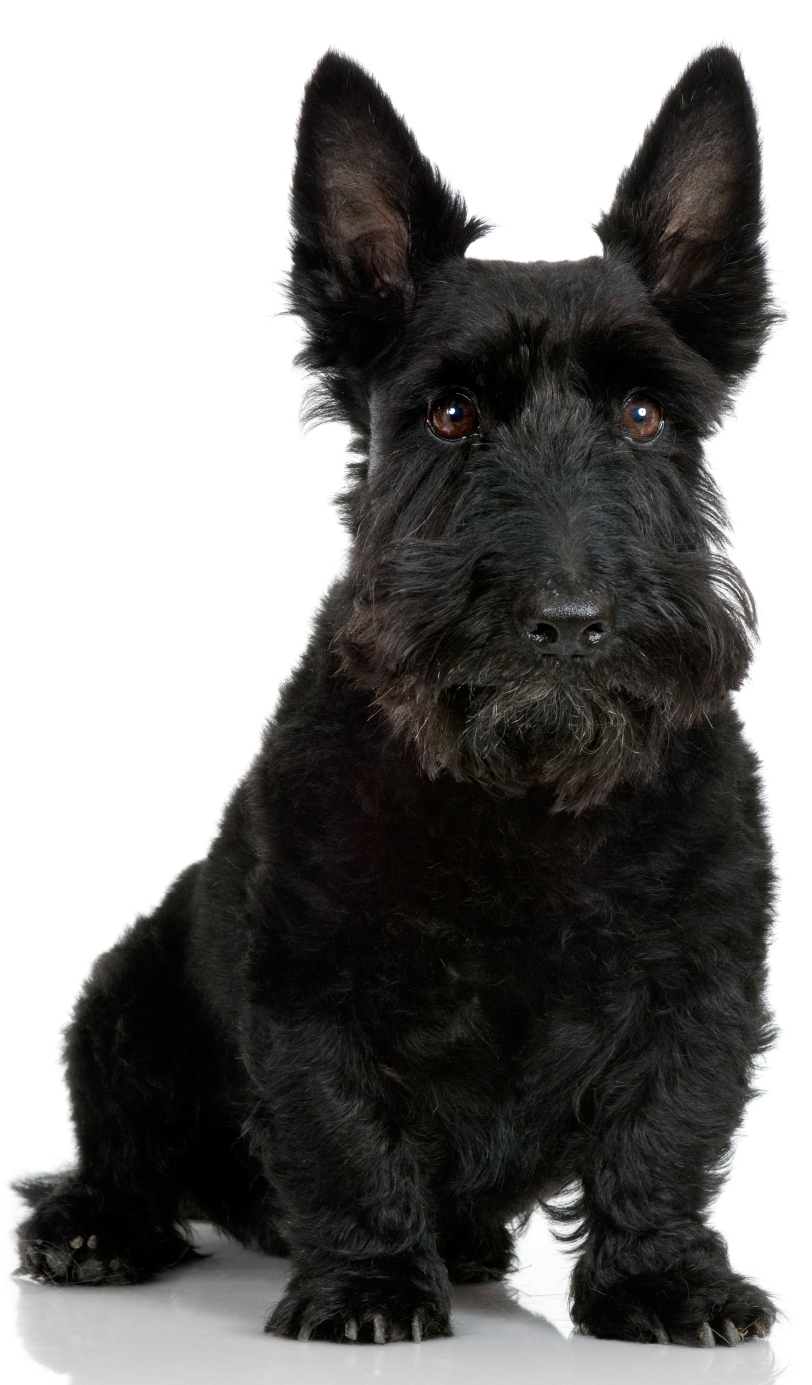OCD AND VITAMINS
August 24, 2012 by admin
Filed under Uncategorized
CANINE TAIL CHASING RESEMBLES HUMAN OBSESSIVE COMPULSIVE
The following research was published on Phys.org (20th August, 2012):A new research led by Professor Hannes Lohi at the University of Helsinki, Finland, revealed several similarities between compulsive behavior in dogs and humans: Early onset, recurrent compulsive behaviors, increased risk for developing different types of compulsions, compulsive freezing, the beneficial effect of nutritional supplements, the effects of early life experiences and sex hormones and genetic risk.
“The genetics research group, based at the University of Helsinki and the Folkhälsan Research Center and led by Professor Hannes Lohi, has in collaboration with an international group of researchers investigated the characteristics and environmental factors associated with compulsive tail chasing in dogs. A questionnaire study covering nearly 400 dogs revealed several similarities between compulsive behavior in dogs and humans: early onset, recurrent compulsive behaviors, increased risk for developing different types of compulsions, compulsive freezing, the beneficial effect of nutritional supplements, the effects of early life experiences and sex hormones and genetic risk. The study shows that dogs offer an excellent animal model for studying the genetic background and environmental factors associated with human obsessive compulsive disorders (OCD). The study has been published in the journal PLoS ONE onJuly 27, 2012.
Stereotypical behavior in pets has not been studied extensively, even though several different types of compulsive behavior occur in different species including dogs. A dog may recurrently chase lights or shadows, bite or lick its own flank, pace compulsively or chase its own tail. Different environmental and genetic factors have been suggested to predispose to compulsive behavior. Many stereotypes are breed-specific, which emphasizes the role of genes. Compulsive tail chasing occurs in several dog breeds, but worldwide it is most common in breeds such as Bull Terriers and German Shepherds. The aim of this study was to describe the characteristics of tail chasing in dogs, to identify possible environmental risk factors, and to find out whether a previously discovered gene region associated with compulsive behavior is also linked to tail chasing”.
COULD VITAMINS HAVE AN INFLUENCE?
Nearly 400 Finnish dogs participated in this study, including Bull Terriers, Miniature Bull Terriers, German Shepherds and Staffordshire Bull Terriers respectively. Blood samples were taken from the dogs participating in the study, and their owners filled out a questionnaire about their dogs’ stereotypic behavior. The questionnaire included questions about different stereotypic behaviors, as well as aspects of each dog’s puppyhood and the routines of the dog’s current daily life. In addition to this the owners evaluated their dogs’ personality based on the questions in the questionnaire. The study included dogs that chased their tails daily for several hours, dogs that chased their tails a few times a month, and dogs that had observably never chased their tails. With most of the dogs, the tail chasing had begun at the age of 3 to 6 months, before reaching sexual maturity.
One of the most interesting findings of this study is the connection with stereotypic behavior and vitamins and minerals. Dogs that received nutritional supplements, especially vitamins and minerals, with their food, chased their tails less.
“Our study does not prove an actual causal relationship between vitamins and lessened tail chasing, but interestingly similar preliminary results have been observed in human OCD” says researcher, Katriina Tiira, PhD. Follow-up studies will aim to prove whether vitamins could be beneficial in the treatment of tail chasing. Early separation from the mother and the mother’s poor care of the puppy were also found in the study to predispose dogs to tail chasing. Early separation from the mother has been discovered to predispose also other animals to stereotypic behavior, but this is the first time this connection has been made with dogs. The amount of exercise the dogs received or the number of activities they engaged in did not, however, seem to have a connection with tail chasing. This could be comforting news to many owners of dogs with compulsive behaviors, since often the owners themselves or the dogs’ living environment may be blamed for these behaviors. Although frustration and stress are likely to be significant causes of the occurrence of stereotypic behavior in for example zoo animals, they may be of lesser significance when it comes to Finnish dogs that are walked regularly”.
Tail chasing in dogs can be used as an animal model for studying the genetic background of OCD in humans
Compared to the control dogs, tail chasers suffered more from also other stereotypic behaviors. In addition, tail chasers were more timid and afraid of loud noises.
“Different types of compulsive behavior occur simultaneously in humans suffering from obsessive compulsive disorder or other diseases such as autism” explains the head of the study, Professor Hannes Lohi. Dogs may turn out to be of significant use in investigating the causes of human psychiatric diseases. “Stereotypic behavior occurs in dogs spontaneously; they share the same environment with humans, and as large animals are physiologically close to humans. Furthermore, their strict breed structure aids the identification of genes.” The gene region previously associated with compulsive flank licking and biting in Dobermans was not found to be associated with tail chasing in any of the breeds in this study. The next aim of this research project is thus to discover new gene regions connected to tail chasing. The study is part of a larger DOGPSYCH project, funded by the European Research Council, in which the genetic background of different anxiety disorders, such as timidity, compulsive behavior and sound sensitivity are investigated, as well as their similarities with corresponding human diseases”.
WHAT NUTRIENTS DOES YOUR DOG NEED?
To find out which nutrients your dog’s biologically-unique body requires, consult me for personalised, professional advice.
Yours In Great Health,
Sar Rooney BHSc., DC., ND., DASc., GDSc. (Hons) Zoology, MHATO, MATMS
Naturopathic Practitioner, Researcher, Lecturer, Canine Naturopath
Science-Based Naturopathy for Canine Wellbeing
Canine naturopathic health care with a clinical focus on skin conditions, inflammatory bowel disorders, chronic infections, arthritis and disease prevention.
Helping dogs achieve optimal wellness with personalised, professional naturopathic health care and individually-prescribed high-quality herbal medicines and supplements
Naturopathic Animal Services W: www.animalnaturopath.com.au E: [email protected] FB: http://www.facebook.com/DogNaturopathAppointments are available by email, phone & skype
Want to keep up to date on the latest in dog health? Join me on Facebook:http://www.facebook.com/DogNaturopath
Disclaimer: The information provided is not intended to replace any veterinary or medical advice or treatment.


